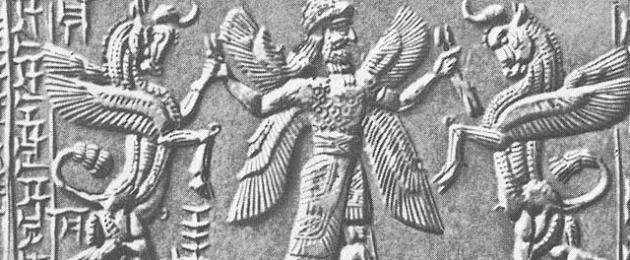Time has erased Sumer from the annals of history and, if not for linguists, perhaps we would never have known about Sumer. The Sumerian civilization is the oldest on our planet. In the second half of the 4th millennium, it appeared, as if from nowhere. According to customs, the language of this people was alien to the Semitic tribes who settled Northern Mesopotamia a little later. The racial identity of the ancient Sumer has not been determined so far. The history of the Sumerians is mysterious and amazing. Sumerian culture gave mankind writing, the ability to work metals, the wheel and the potter's wheel. In an incomprehensible way, these people possessed knowledge that relatively recently only became known to science. They left behind so many mysteries and secrets that they rightfully occupy almost the first place among all the amazing events in our lives.
For a whole millennium, the Sumerians were the main actors in the ancient Near East. Sumerian astronomy and mathematics were the most accurate in the entire Middle East. We still divide the year into four seasons, twelve months and twelve signs of the zodiac, we measure angles, minutes and seconds in sixties - the way the Sumerians first began to do it.
When we go to see a doctor, we all ... receive prescriptions for medicines or advice from a psychotherapist, completely without thinking about the fact that both herbal medicine and psychotherapy first developed and reached a high level precisely among the Sumerians. While receiving a subpoena and counting on the justice of judges, we also do not know anything about the founders of legal proceedings - the Sumerians, whose first legislative acts contributed to the development of legal relations in all parts of the Ancient World. Finally, thinking about the vicissitudes of fate, lamenting the fact that we were cheated at birth, we repeat the same words that the philosophizing Sumerian scribes first brought to clay - but hardly even guesses about it.
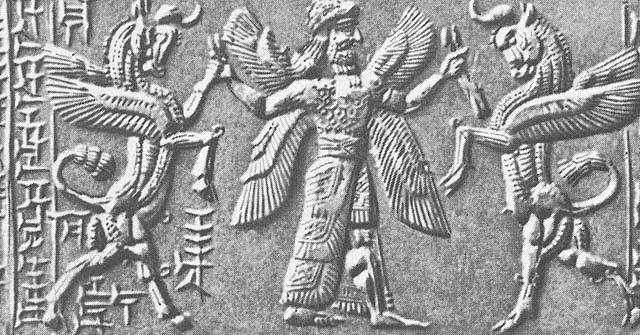
The Sumerians are "black-headed". This people, who appeared in the south of Mesopotamia in the middle of the 3rd millennium BC from nowhere, is now called the "progenitor of modern civilization", and in fact, until the middle of the 19th century, no one even suspected about him.
It is believed that Southern Mesopotamia is not the best place in the world. The complete absence of forests and minerals. Swampiness, frequent floods, accompanied by a change in the course of the Euphrates due to low banks and, as a result, the complete absence of roads. The only thing that was in abundance there was reed, clay and water. However, in combination with fertile soil, fertilized by floods, this was enough to at the very end of the 3rd millennium BC. the first city-states of ancient Sumer flourished there. The first settlements on this territory appeared already in the 6th millennium BC. e. Where the Sumerians came to these lands, who assimilated the local agricultural communities, is not clear. Their traditions speak of an eastern or southeastern origin of this people. They considered their oldest settlement Eredu - the southernmost of the cities of Mesopotamia, now the settlement of Abu-Shakhrain.
An ancient legend says: One day, from the Sea of Erythraea, where it borders on Babylonia, a beast, endowed with reason, named Oannes, appeared. The whole body of that beast was fish, only under the fish head was another, human, his speech was also human. And his image has survived to this day. This creature used to spend the whole day among people, teaching them the concepts of literacy, sciences and all kinds of arts. Oanne taught people to build cities and build temples… in a word, he taught them everything that softens morals, and since then no one has invented anything more amazing… He wrote a book about the beginning of the world, about how it arose, and handed it to people…” .
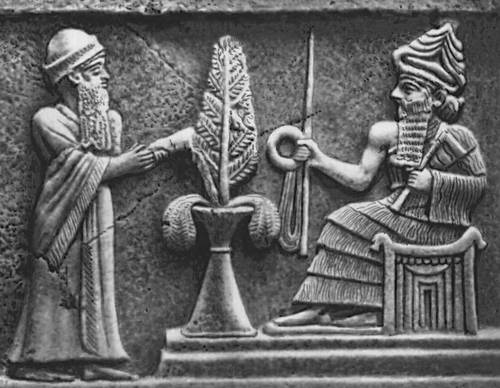
This is how the priest Beros, who lived in the time of Alexander the Great, tells about the origin of Mesopotamia. This story is considered a fiction, but some researchers, including A. Kondratov, consider this to be far from fiction. This is a retelling of the Babylonian myth of the coming of the water deity Ea, who is a transformation of the Sumerian deity Enki.
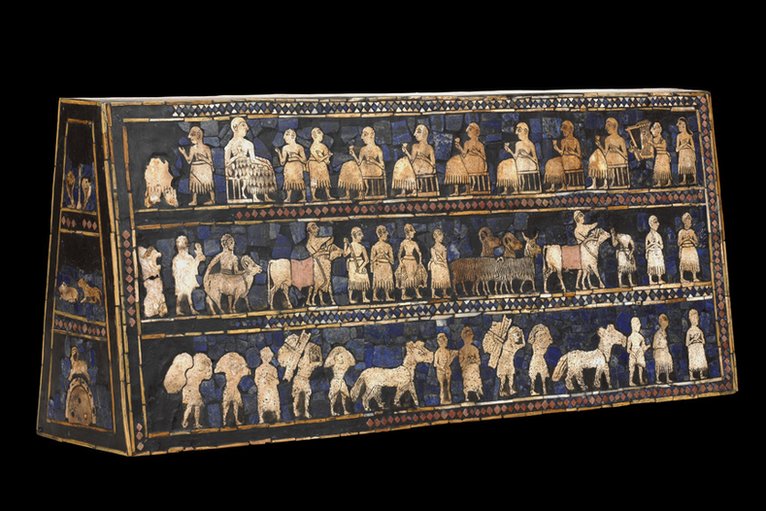
Historians believe that the only truth in this legend is that the Sumerian-Babylonian culture spread from south to north, and the mysterious creature Oann is considered an alien from the Indian Ocean, that is, from the islands in the Indian Ocean, whose culture was very developed. But there is a stranger version, according to which the alien Oann was a representative of an ancient culture hidden by the thickness of the Indian Ocean...
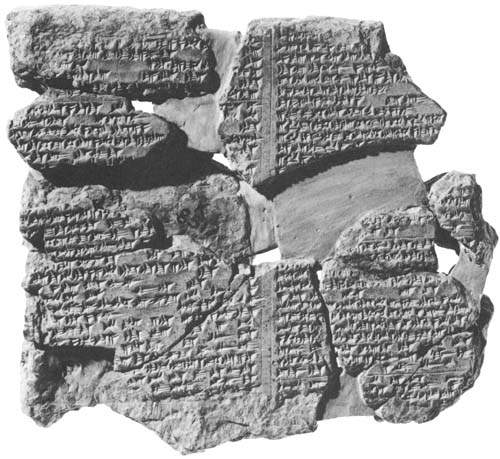
The Sumerian language also continues to be a mystery, since so far it has not been possible to establish its relationship with any of the known language families. After deciphering the Sumerian manuscripts, or rather, cuneiform writing, since the Sumerian writing was precisely wedge, scientists were simply shocked. What we now call the Sumerian language is actually an artificial construction built on analogies with the inscriptions of the peoples who adopted the Sumerian cuneiform - Elamite, Akkadian and Old Persian texts. Strangely, the Sumerian language has neither ancestors nor descendants. Sometimes Sumerian is called "the Latin of ancient Babylon" - but one must be aware that Sumerian did not become the progenitor of a powerful language group, only the roots of several dozen words remained from it.
Let's start with the fact that the Sumerians used the ternary system of calculus. In fairness, we note that after the Sumerians, until recently, no one had a need for it, because such a system is used only by modern technology in the manufacture of computers. In addition, the Sumerians knew and applied the principle of the golden section, used the Fibonacci numbers, had knowledge of the modern level in chemistry, herbal medicine and astronomy. According to the Sumerians, more than 4 billion years ago there was a grand "heavenly battle" - a catastrophe that changed the entire appearance of the solar system, in particular - changed the tilt of the axes of several planets, which is confirmed by the latest scientific data.
The Sumerians measured the rising and setting of the visible planets and stars relative to the earth's horizon using the heliocentric system. This people had a well-developed mathematics, they knew and widely used astrology. Interestingly, the Sumerians had the same astrological system as they do now: they divided the sphere into 12 parts (12 houses of the Zodiac) of thirty degrees each. Sumerian mathematics was a cumbersome system, but it allowed calculating fractions and multiplying numbers up to millions, extracting roots and raising to a power. Agriculture and irrigation were the basis of the economic life of Mesopotamia. In the most ancient communities of the southern part of Mesopotamia in the third millennium BC. e. almost all the products produced here were consumed locally, subsistence farming reigned. Clay and reed were widely used. In ancient times, vessels were molded from clay - first by hand, and later on a special potter's wheel. Finally, the most important building material was made from clay in large quantities - brick, which was prepared with an admixture of reeds and straw.
The main centers of the Sumerian civilization were connected with the network of main channels - city-states that concentrated small cities and settlements around themselves. The largest among them were Eshnuna, Sippar, Kutu, Kish, Nippur, Shurupurak, Uruk, Ur, Umma, Lagash. Already from the end of the 4th millennium BC. e. there was a cult union of all the communities of Sumer with a center in Nippur, where one of the main temples of Sumer was located - Ekur, the temple of the god Enlil.
In the field of medicine, the Sumerians had very high standards. In the library of King Ashurbanipal found by Layard in Nineveh, there was a clear order, it had a large medical department, in which there were thousands of clay tablets. All medical terms were based on words borrowed from the Sumerian language. Medical procedures were described in special reference books, which contained information about hygiene rules, operations, such as cataract removal, and the use of alcohol for disinfection during surgical operations. Sumerian medicine was characterized by a scientific approach to diagnosis and prescription of treatment, both medical and surgical.


The Sumerian religion was a fairly clear system of celestial hierarchy, although some scholars believe that the pantheon of gods is not systematized. The gods of air, Enlil, who divided heaven and earth, led the gods. The creators of the universe in the Sumerian pantheon were considered AN (celestial) and KI (male). The basis of mythology was the energy ME, which meant the prototype of all living things, radiated by gods and temples. The gods in Sumer were represented as people. In their relationship there are matchmaking and wars, rape and love, deceit and anger. There is even a myth about a man who possessed the goddess Inanna in a dream. It is noteworthy that the whole myth is imbued with sympathy for man. The Sumerians had a peculiar idea of Paradise, there was no place for a person in it. The Sumerian Paradise is the abode of the gods. It is believed that the views of the Sumerians were reflected in later religions.

According to Sumerian legends, the Anunaki were engaged in gold mining on their own for almost 150 thousand years. 

Unfortunately, this process is not reflected in any way in the clay tablets, so we can only guess how they did it. The last discovery of Wesley Brown "about the mitochondrial Eve, which is the same for all people of the Earth," indirectly confirmed this legend. When people, having changed more than one or two generations, “became beautiful”, the Anunaki began to “marry” earthly women, from whom they even had viable, healthy offspring. Unfortunately, having given us their appearance and the opportunity for self-development, the Anunaki did not endow us with their longevity. Apparently, the Sumerian civilization is not only the most ancient, but also the most mysterious on our planet, and the Sumerians themselves are our distant great-great-great-parents.
The history of Sumer was a struggle of the largest city-states for dominance in their region. Kish, Lagash, Ur and Uruk waged an endless struggle for several hundred years, until the country was united by Sargon the Ancient (2316-2261 BC), the founder of the great Akkadian power, stretching from Syria to the Persian Gulf. During the reign of Sargon, who, according to legend, was an Eastern Semite, Akkadian (East Semitic language) became more widely used, but Sumerian was preserved both in everyday life and in office work. The Akkadian power fell in the 22nd century. BC. under the onslaught of the Kuti - tribes that came from the western part of the Iranian highlands. At the end of III millennium BC. e. the center of statehood of Sumer moved to Ur, whose kings managed to unite all the regions of Mesopotamia. The last rise of Sumerian culture is associated with this era. The kingdom of the III dynasty of Ur was an ancient Eastern despotism, headed by a king who bore the title "king of Ur, king of Sumer and Akkad." The Sumerian language became the official language of the royal offices, while the population mainly spoke Akkadian. During the reign of the III dynasty of Ur, the Sumerian pantheon was ordered, headed by the god Enlil, along with 7 or 9 gods who were part of the heavenly council.
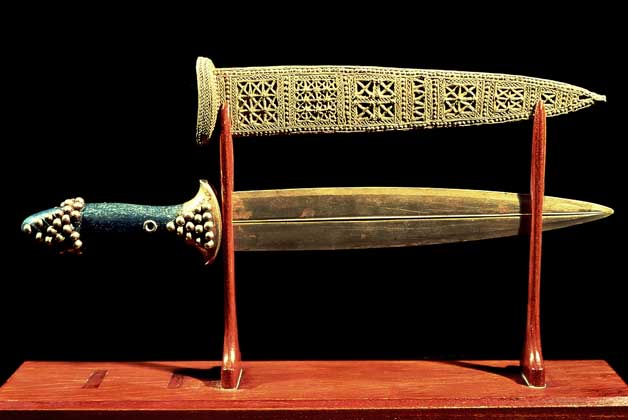
The fall of the III dynasty of Ur occurred for several reasons: the centralized economy collapsed, which led to the depletion of grain reserves and famine in the country, which at that time was experiencing an invasion of the Amorites - West Semitic pastoral tribes that appeared on the territory of Mesopotamia at the turn of the 3rd and 2nd millennium BC . e. From this time on, Sumer no longer existed as an independent state, but its great cultural achievements continued to live in different civilizations of Mesopotamia for the next two millennia. After their fall, the Sumerians left something that was picked up by many other peoples who came to this earth - Religion. The origins of religion had purely materialistic, not "ethical" roots. The cult of the Gods was not aimed at "purification and holiness", but was intended to ensure a good harvest, military success, etc. .e.), personified the forces of nature - the sky, the sea, the sun, the moon, the wind, etc., then the gods appeared - the patrons of cities, farmers, shepherds, etc. The Sumerians claimed that everything in the world belongs to the gods - the temples were not the place of residence of the gods, who were obliged to take care of people, but the granaries of the gods - barns.
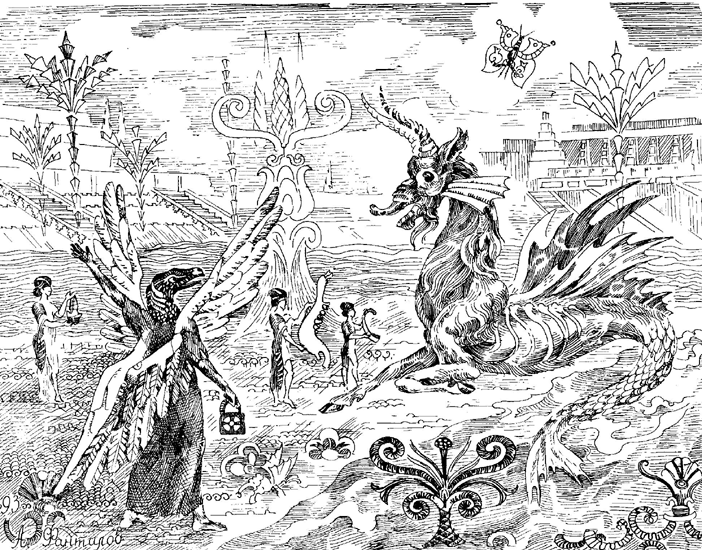
After the Sumerians, a huge number of clay cuneiform tablets remained. Perhaps it was the first bureaucracy in the world. The earliest inscriptions date back to 2900 BC. and contain business records. Researchers complain that the Sumerians left behind a huge number of "economic" records and "lists of gods" but did not bother to write down the "philosophical basis" of their belief system.

- In contact with 0
- Google Plus 0
- OK 0
- Facebook 0

